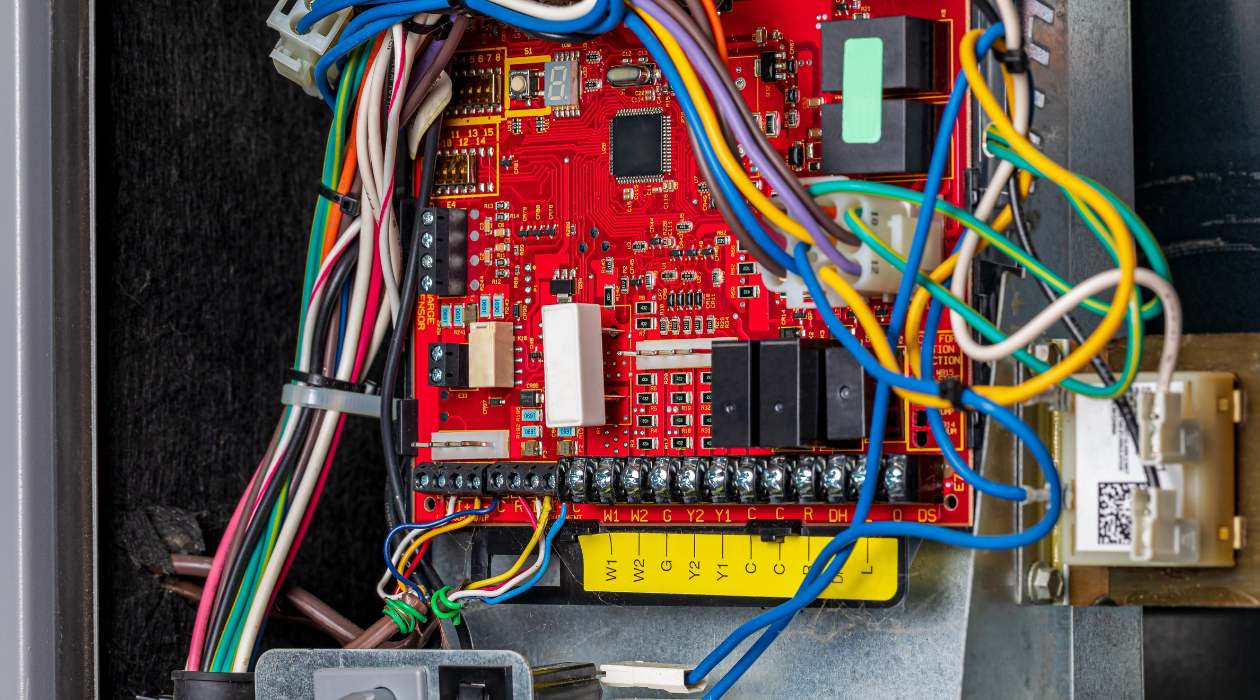

Articles
What Is HVAC Control
Modified: January 5, 2024
Discover the latest articles on HVAC control, including tips, techniques, and industry updates. Enhance your knowledge and make informed decisions for efficient heating and cooling systems.
(Many of the links in this article redirect to a specific reviewed product. Your purchase of these products through affiliate links helps to generate commission for Storables.com, at no extra cost. Learn more)
Introduction
The HVAC (Heating, Ventilation, and Air Conditioning) system controls the environmental conditions of a space to ensure comfort, safety, and optimal performance. HVAC control plays a crucial role in regulating temperature, humidity, air quality, and airflow to create a comfortable and healthy indoor environment, whether in homes, offices, or commercial buildings. By effectively managing and maintaining these factors, HVAC control systems contribute to energy efficiency and cost savings.
With advancements in technology, HVAC control has become more sophisticated, allowing for precise and automated management of various parameters. These systems incorporate sensors, controllers, and actuators to monitor and adjust environmental conditions, ensuring a constant balance between occupant comfort and energy efficiency.
In this article, we will explore the definition of HVAC control, its importance, the components and types of HVAC control systems, basic principles of HVAC control, control strategies in HVAC systems, the benefits of effective HVAC control, and the challenges faced in this field.
Key Takeaways:
- HVAC control is essential for maintaining comfortable indoor environments while optimizing energy usage. It combines advanced technology, intelligent algorithms, and real-time monitoring to ensure optimal performance and sustainability.
- Effective HVAC control offers benefits such as energy savings, enhanced occupant comfort, improved indoor air quality, and compliance with regulations. Despite challenges, proper planning and maintenance can deliver optimal results.
Definition of HVAC Control
HVAC control refers to the technology and processes used to regulate and manage the operation of heating, ventilation, and air conditioning systems. It involves monitoring and adjusting various environmental factors, such as temperature, humidity, air quality, and airflow, to maintain a comfortable and healthy indoor environment while optimizing energy consumption.
The primary goal of HVAC control is to provide occupants with a consistent and desirable indoor climate. This is achieved by maintaining the temperature within a specific range, controlling the relative humidity to prevent moisture-related issues, ensuring proper ventilation to remove stale air and introduce fresh air, and monitoring and improving the overall quality of the air.
HVAC control systems use a combination of sensors, controllers, and actuators to gather data, make decisions, and execute actions to maintain the desired environmental conditions. Sensors measure parameters like temperature, humidity, carbon dioxide levels, and air pressure, providing feedback to the control system. Controllers analyze the data and determine the appropriate response, which is then carried out by actuators that adjust variables such as heating/cooling equipment, dampers, and fans.
By implementing HVAC control, building owners and managers can optimize energy consumption, reduce operational costs, and improve the comfort and well-being of occupants. The ability to monitor and regulate environmental conditions in real-time allows for efficient use of resources and the identification of potential issues before they become major problems.
It’s important to note that HVAC control is not limited to traditional heating and cooling systems. It also includes the management of other systems, such as lighting controls, indoor air quality systems, and integration with smart building technologies. This integration enables intelligent decision-making and coordination between different building systems, creating a more efficient and sustainable overall operation.
Importance of HVAC Control
HVAC control is of paramount importance in maintaining a comfortable and healthy indoor environment while ensuring energy efficiency and cost savings. Here are several key reasons why HVAC control is crucial:
- Occupant Comfort: Effective HVAC control systems enable precise regulation of temperature, humidity, and airflow, ensuring that occupants are comfortable at all times. Maintaining optimal indoor conditions not only enhances productivity and well-being but also contributes to a positive user experience and satisfaction.
- Energy Efficiency: HVAC systems account for a significant portion of a building’s energy consumption. Through proper control and optimization, HVAC control systems help minimize energy usage by adjusting settings based on occupancy, time of day, and weather conditions. This results in lower energy bills and reduced environmental impact.
- Health and Safety: HVAC control plays a crucial role in maintaining indoor air quality (IAQ). By controlling ventilation rates and filtering air pollutants, HVAC systems help remove contaminants, allergens, and airborne pathogens, promoting healthier indoor environments and reducing the risk of respiratory ailments and allergies.
- Equipment Performance and Longevity: Effective HVAC control reduces the strain on heating and cooling equipment by maintaining optimal operating conditions. It prevents overheating, overcooling, and excessive cycling, which can lead to equipment failure, reduced lifespan, and costly repairs.
- Cost Savings: HVAC control systems enable efficient management of energy consumption, resulting in significant cost savings. By monitoring and adjusting energy usage based on actual needs, unnecessary waste is reduced, leading to improved financial sustainability for building owners and occupants.
Overall, HVAC control is essential for creating a comfortable, healthy, and energy-efficient indoor environment. It combines advanced technology, intelligent algorithms, and real-time monitoring to ensure optimal performance and sustainability. With the increased focus on energy conservation and sustainability, effective HVAC control is becoming increasingly vital in both residential and commercial buildings.
Components of HVAC Control Systems
HVAC control systems comprise various components that work together to monitor, regulate, and maintain the environmental conditions of a space. These components include:
- Sensors: Sensors are used to measure the various parameters of the indoor environment, such as temperature, humidity, air quality, and occupancy. They provide real-time data to the control system, enabling it to make informed decisions and adjustments.
- Controllers: Controllers are the brains of the HVAC control system. They receive input from the sensors, analyze the data, and determine the appropriate response based on set points and programmed algorithms. The controllers provide instructions to the actuators to adjust the HVAC system’s operations accordingly.
- Actuators: Actuators are responsible for executing the commands issued by the controllers. They adjust the HVAC system components to achieve the desired conditions. For example, actuators can control the opening and closing of valves, dampers, and vents, adjusting airflow and regulating temperature.
- Thermostats: Thermostats serve as the user interface for HVAC control. They allow occupants to set desired temperatures and control other parameters. Programmable thermostats enable the scheduling of temperature changes, optimizing energy usage based on occupancy patterns.
- Communication Networks: Communication networks are used to facilitate data exchange between the various components of the HVAC control system. These networks enable seamless communication between sensors, controllers, and actuators, ensuring a coordinated and synchronized operation.
- Building Management Systems (BMS): BMSs are central control platforms that integrate and manage multiple building systems, including HVAC control. They provide a comprehensive interface to monitor and control all building systems from a single location, allowing for enhanced coordination, energy optimization, and centralized control.
- User Interfaces: User interfaces provide occupants or facility managers with the ability to interact with the HVAC control system. These interfaces can be in the form of touch screens, mobile apps, or web-based portals, allowing for remote monitoring and control of the system.
These components work together to create a sophisticated HVAC control system that can continuously monitor and adjust environmental conditions, ensuring optimal comfort and energy efficiency. The integration of these components allows for seamless communication and coordination, enabling efficient management of the HVAC system in any residential, commercial, or industrial setting.
Types of HVAC Control Systems
HVAC control systems can be categorized into various types based on the level of automation, complexity, and control strategies employed. Here are some common types of HVAC control systems:
- On/Off Control: This is the simplest type of HVAC control system. It operates by turning the HVAC equipment on or off based on a preset temperature set point. When the temperature rises above the set point, the equipment turns on, and when it drops below, the equipment turns off. While simple, this type of control can result in temperature fluctuations and inefficient energy usage.
- Proportional Control: Proportional control adjusts the HVAC equipment’s operation based on the difference between the actual temperature and the desired set point. The equipment operates at a varying intensity, proportionate to the deviation from the set point. This type of control allows for more accurate temperature regulation and improved energy efficiency.
- Proportional-Integral-Derivative (PID) Control: PID control is a more advanced control strategy that combines proportional, integral, and derivative components. It continuously monitors the temperature and adjusts the HVAC equipment’s operation based on the current error, past errors, and the predicted future trend. PID control provides precise and stable temperature control, minimizing oscillations around the set point.
- Variable Air Volume (VAV) Control: VAV control is commonly used in commercial buildings. It adjusts the airflow through the ductwork to meet the varying cooling or heating demands of different zones or areas within the building. By modulating the air volume, this control system maintains a consistent temperature while reducing energy consumption.
- Zoned Control: Zoned control divides a building into multiple zones, each with its own thermostat and control system. This allows for independent temperature control in different areas, optimizing comfort and energy usage. Zoned control is particularly useful in larger buildings with diverse occupancy patterns or areas with different thermal loads.
- Direct Digital Control (DDC): DDC systems use digital technology to automate and centrally control all HVAC components and processes. They incorporate sensors, controllers, and actuators to monitor and adjust environmental conditions. DDC systems offer enhanced functionality, flexibility, and energy management capabilities, allowing for precise control and monitoring from a centralized location.
- Smart HVAC Control: With the rise of smart building technologies, smart HVAC control systems have emerged. These systems leverage advanced sensors, data analytics, machine learning, and connectivity to optimize HVAC operations. They can learn occupant preferences, adapt to changes in occupancy, and dynamically adjust settings for optimal comfort and energy efficiency.
These are just a few examples of the types of HVAC control systems available today. The choice of system depends on factors such as the building size, occupancy patterns, desired comfort levels, and energy efficiency goals. The constant advancements in technology are leading to more sophisticated and intelligent control systems that offer even greater capabilities.
Regular maintenance of your HVAC control system, including cleaning and replacing filters, can improve efficiency and extend the lifespan of your HVAC equipment.
Basic Principles of HVAC Control
HVAC control systems operate based on several key principles that govern their functionality and effectiveness. Understanding these principles is crucial for proper design, implementation, and optimization of HVAC control. Here are the basic principles of HVAC control:
- Sensing and Feedback: HVAC control systems rely on sensors to collect data on parameters such as temperature, humidity, and air quality. These sensors provide real-time feedback to the control system, allowing it to monitor and analyze the current conditions of the indoor environment.
- Set Points: Set points are predetermined desired values for the environmental parameters. For example, a set point for temperature may be 70°F. The control system compares the actual values obtained from the sensors to the set points to determine if adjustments are necessary.
- Control Algorithms: Control algorithms are mathematical formulas or logic that dictate how the control system responds to the sensor data. These algorithms take into account the difference between the actual values and the set points and determine the appropriate actions to be taken by the HVAC equipment.
- Actuation and Control Devices: HVAC control systems utilize actuators and control devices to execute the desired actions. Actuators adjust the position or operation of components such as valves, dampers, fans, and heating/cooling equipment. Control devices, such as thermostats or building management systems, provide the interface for users to set parameters and control the behavior of the HVAC system.
- Feedback Control: Feedback control is an essential principle of HVAC control systems. It involves continuously monitoring the output of the controlled variable (e.g., temperature) and comparing it to the desired set point. If there is a difference, the control system adjusts the inputs to bring the output closer to the set point. This iterative process helps maintain stability and accuracy in controlling the environmental conditions.
- Open Loop and Closed Loop Control: HVAC control systems can operate in either an open-loop or closed-loop control mode. Open-loop control operates based on pre-determined schedules or fixed set points, without considering feedback from sensors. Closed-loop control, on the other hand, continuously monitors the environmental conditions and adjusts the HVAC system’s behavior in response to changes, providing more accurate and dynamic control.
- Integration and Coordination: HVAC control systems often need to integrate with other building systems, such as lighting control, occupancy sensors, and smart building platforms. This integration allows for coordinated control and optimization of various systems, maximizing energy efficiency and occupant comfort.
- Continuous Optimization: HVAC control systems should be designed for continuous optimization. This involves analyzing historical data, evaluating energy usage patterns, and fine-tuning control strategies to improve efficiency over time. It may involve adjusting set points, optimizing control algorithms, or implementing advanced control techniques.
By adhering to these basic principles, HVAC control systems can effectively regulate the indoor environment, ensuring comfort, energy efficiency, and optimal performance. It is essential to consider these principles when designing, implementing, and maintaining HVAC control systems to achieve the desired outcomes and maximize the benefits of the technology.
Control Strategies in HVAC Systems
HVAC control systems employ various strategies to regulate and optimize the operation of heating, ventilation, and air conditioning equipment. These control strategies ensure efficient energy usage, occupant comfort, and compliance with environmental standards. Here are some common control strategies used in HVAC systems:
- Temperature Control: Temperature control is a fundamental strategy in HVAC systems. It involves maintaining the indoor temperature within a specified range, typically set by the occupants or based on occupancy patterns. The control system monitors the temperature using sensors and adjusts the heating or cooling equipment to achieve the desired comfort level.
- Humidity Control: Humidity control is crucial in maintaining indoor air quality and occupant comfort. The control system measures the relative humidity and adjusts the operation of humidifiers or dehumidifiers to maintain optimal humidity levels. This ensures that the air is neither excessively dry nor moist, reducing the risk of respiratory problems and mold growth.
- Occupancy Control: Occupancy control strategies take into account the number of occupants in a space to optimize HVAC operation. For example, in a room with no occupants, the control system can reduce the airflow or adjust temperature set points to save energy. Occupancy sensors or scheduling systems can be used to dynamically control HVAC settings based on occupancy patterns.
- Zoning: Zoning divides a building into separate areas or zones based on usage or occupancy. Each zone has its own temperature control system, allowing for independent regulation. Zoning enables more precise control and energy savings by providing different climate conditions in different areas according to their specific needs.
- Economizer Control: Economizer control takes advantage of outdoor air conditions to reduce the need for mechanical cooling. When outdoor conditions are favorable, such as during mild weather, the control system can utilize outdoor air for cooling, reducing reliance on mechanical cooling systems and saving energy.
- Ventilation Control: Ventilation control ensures that indoor air is exchanged with fresh outdoor air to maintain air quality. The control system adjusts ventilation rates based on occupancy levels, pollutant levels, and outdoor air quality. It may incorporate CO2 sensors to detect high levels of carbon dioxide and increase ventilation accordingly.
- Load Shedding: Load shedding is a strategy used to reduce energy consumption during peak demand periods. The control system can dynamically adjust HVAC set points or reduce HVAC capacity to limit energy usage during high-demand periods, helping to stabilize the power grid and reduce utility costs.
- Optimal Start/Stop: Optimal start/stop strategies involve starting or stopping HVAC equipment based on the predicted time required to reach the desired temperature. By considering factors such as thermal mass and outdoor conditions, the control system optimizes start/stop times to ensure that the space is comfortable when occupants arrive while minimizing energy wastage during unoccupied hours.
- Demand Response: Demand response strategies enable HVAC systems to participate in utility demand response programs. The control system can receive signals from the utility company during peak demand periods, allowing it to temporarily reduce HVAC operation or shift it to non-peak hours, supporting grid stability and earning incentives for energy reduction.
Implementing effective control strategies in HVAC systems maximizes energy efficiency, enhances occupant comfort, and improves overall system performance. The selection and combination of control strategies depend on factors such as building type, climate, occupancy patterns, and sustainability goals.
Benefits of Effective HVAC Control
Effective HVAC control systems offer numerous benefits that improve occupant comfort, energy efficiency, and overall system performance. Here are some key benefits of implementing effective HVAC control:
- Optimized Energy Usage: An effective HVAC control system ensures that energy is used efficiently by adjusting the HVAC equipment operation based on actual demand. By monitoring occupancy, temperature, and other variables, the control system can minimize wasted energy and reduce utility costs.
- Enhanced Occupant Comfort: HVAC control systems maintain consistent and desired environmental conditions, including temperature, humidity, and air quality. This ensures occupant comfort and productivity, leading to increased satisfaction and improved well-being.
- Improved Indoor Air Quality: HVAC control systems play a vital role in maintaining good indoor air quality (IAQ). By monitoring and regulating ventilation rates, filtration systems, and humidity levels, the control system helps remove pollutants, allergens, and contaminants from the air, creating a healthier indoor environment.
- Extended Equipment Lifespan: Proper control and monitoring of HVAC equipment help minimize wear and tear, reducing the chances of breakdowns and costly repairs. By ensuring that equipment operates within specified parameters, effective control systems can prolong the lifespan of the HVAC components.
- Reduced Environmental Impact: Energy-efficient HVAC control systems have a lower carbon footprint, contributing to a more sustainable environment. By optimizing energy usage and reducing greenhouse gas emissions, effective control helps mitigate the impact of HVAC systems on climate change.
- Remote Monitoring and Control: Many HVAC control systems offer remote monitoring and control capabilities, allowing facility managers to access and adjust HVAC settings from anywhere. This feature enables proactive maintenance, quick troubleshooting, and data-driven decision-making, resulting in efficient system management and reduced downtime.
- Integration with Smart Building Technologies: Advances in smart building technologies enable HVAC control systems to integrate with other building systems, such as lighting controls and occupancy sensors. This integration allows for seamless coordination and optimization of energy usage, enhancing overall building efficiency.
- Cost Savings: HVAC control systems help reduce energy waste, resulting in significant cost savings. By optimizing energy consumption and reducing utility expenses, building owners and occupants can benefit from reduced operational costs and improved financial sustainability.
- Compliance with Regulations and Standards: Effective HVAC control systems ensure compliance with energy efficiency regulations and standards. By adhering to guidelines and requirements, building owners can avoid penalties, demonstrate environmental responsibility, and achieve certifications such as LEED (Leadership in Energy and Environmental Design).
Overall, the benefits of effective HVAC control are far-reaching, encompassing energy savings, occupant comfort, environmental stewardship, and financial advantages. By implementing advanced control strategies and leveraging modern technologies, buildings can achieve optimal HVAC performance, enhance sustainability, and create a better indoor environment for all occupants.
Challenges in HVAC Control
While HVAC control systems offer numerous benefits, there are several challenges that need to be considered for their successful implementation and operation. These challenges include:
- Complexity: HVAC control systems can be complex, involving various components, algorithms, and system integration. Designing and implementing a control system that meets the specific requirements of a building can be challenging, requiring expertise in system design, programming, and integration.
- Compatibility and Integration: Integrating HVAC control systems with existing building infrastructure, equipment, and other systems can be challenging. Compatibility issues between different control components, protocols, and communication interfaces may arise, requiring careful planning and coordination.
- Data Accuracy and Reliability: Accurate and reliable sensor data is crucial for the proper functioning of HVAC control systems. The accuracy of the data collected by sensors can be influenced by factors such as sensor placement, calibration, and maintenance. Addressing these challenges is essential to ensure that the control system receives reliable input for effective decision-making.
- System Complexity: Modern HVAC systems are becoming increasingly complex, with sophisticated equipment, multiple zones, and diverse control requirements. Managing and coordinating these complex systems and control strategies can be challenging, requiring expertise in system design, operation, and troubleshooting.
- User Engagement and Education: Effective use of HVAC control systems requires user engagement and understanding. Occupants and facility managers need to be educated on how to operate the control system and set appropriate parameters. Lack of user knowledge or engagement can lead to inefficient system operation and reduced benefits.
- Maintenance and Upkeep: HVAC control systems require regular maintenance and upkeep to ensure optimal performance. This includes sensor calibration, software updates, and equipment inspections. Failure to perform routine maintenance can lead to sensor inaccuracies, system malfunctions, and reduced effectiveness of the control system.
- Changing Building Needs: Building needs and usage patterns can change over time due to renovations, changes in occupancy, or building reconfiguration. Adapting the HVAC control system to these changing needs can be challenging, requiring system modifications, updates, or even system replacement.
- Cost Considerations: The implementation and operation of HVAC control systems can involve significant costs, including equipment purchase, installation, and maintenance. Building owners must carefully consider the cost-benefit analysis of implementing control systems and ensure that the long-term energy savings and other benefits outweigh the initial investments.
- Technological Advances and Integration: The HVAC industry is continuously evolving, with advancements in technologies, equipment, and control strategies. Staying updated with the latest technological advances and integrating them into existing control systems can be challenging, requiring ongoing training and expertise in emerging technologies.
Addressing these challenges requires a comprehensive approach that involves collaboration between HVAC professionals, system designers, facility managers, and building occupants. By proactively addressing these challenges, HVAC control systems can deliver their intended benefits and contribute to improved comfort, energy efficiency, and sustainability in buildings.
Read more: Where Is The HVAC Control Board Located
Conclusion
HVAC control is a critical component of modern heating, ventilation, and air conditioning systems. It enables precise regulation of temperature, humidity, air quality, and airflow to create a comfortable and healthy indoor environment while optimizing energy usage. By implementing effective HVAC control, buildings can enhance occupant comfort, reduce energy consumption, and improve overall system performance.
In this article, we explored the definition of HVAC control and its importance in maintaining optimal indoor conditions. We discussed the components and types of HVAC control systems, including on/off control, proportional control, and smart HVAC control. We also delved into the basic principles and control strategies used in HVAC control, such as temperature control, zoning, and demand response.
The benefits of effective HVAC control are numerous. By optimizing energy usage, HVAC control systems lead to energy savings, reduced utility costs, and decreased environmental impact. Furthermore, occupants experience enhanced comfort, improved indoor air quality, and increased productivity. Effective HVAC control also contributes to the longevity of HVAC equipment and compliance with energy efficiency standards and regulations.
However, implementing HVAC control systems is not without its challenges. System complexity, compatibility and integration issues, and user engagement and education are some of the hurdles that need to be addressed. Additionally, regular maintenance, adapting to changing building needs, and cost considerations pose challenges in the successful implementation and operation of HVAC control systems.
Despite these challenges, the benefits of effective HVAC control outweigh the hurdles. With proper planning, design, and ongoing maintenance, HVAC control systems can deliver optimal comfort, energy efficiency, and sustainability improvements in buildings of all types and sizes.
In conclusion, HVAC control is a vital aspect of building management that plays a significant role in creating healthy, comfortable, and energy-efficient indoor environments. By embracing the principles, strategies, and advancements in HVAC control, we can create sustainable buildings that promote occupant well-being, minimize environmental impact, and support a more sustainable future.
Frequently Asked Questions about What Is HVAC Control
Was this page helpful?
At Storables.com, we guarantee accurate and reliable information. Our content, validated by Expert Board Contributors, is crafted following stringent Editorial Policies. We're committed to providing you with well-researched, expert-backed insights for all your informational needs.

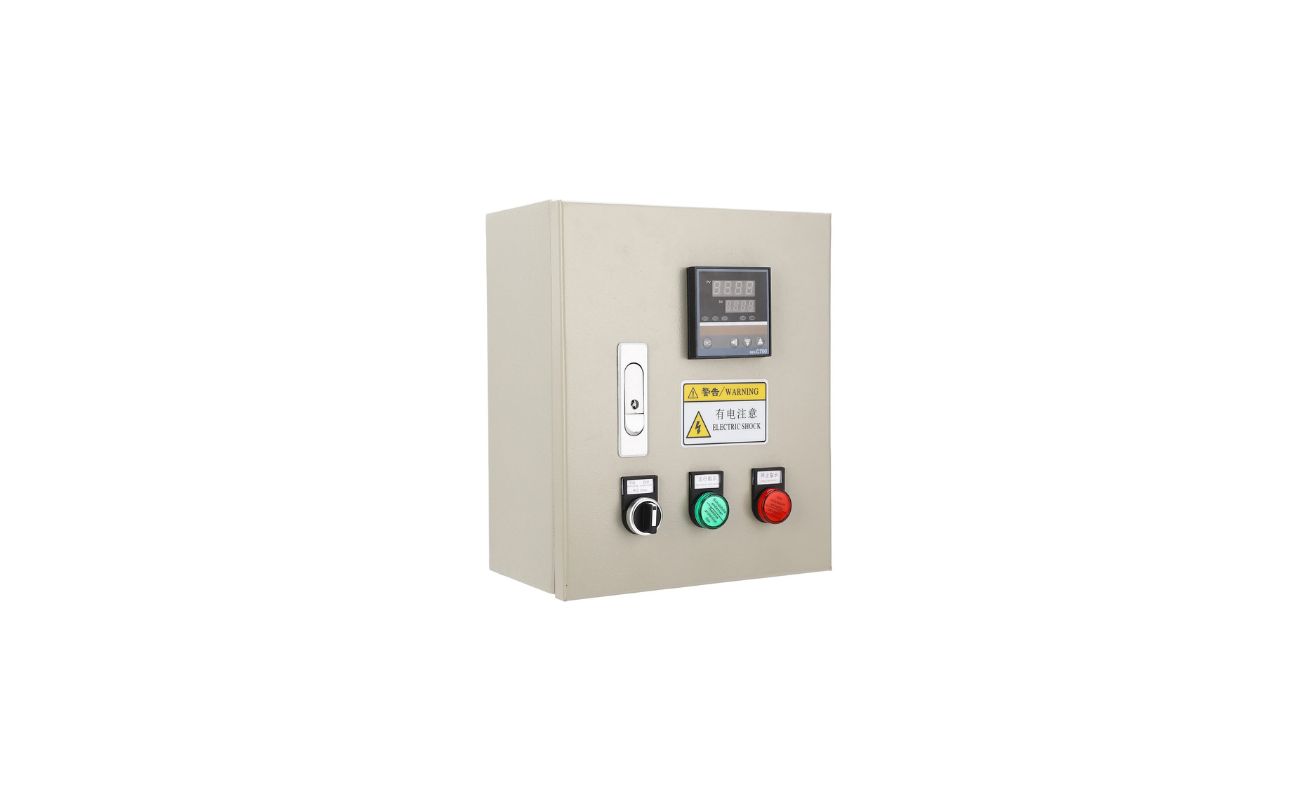
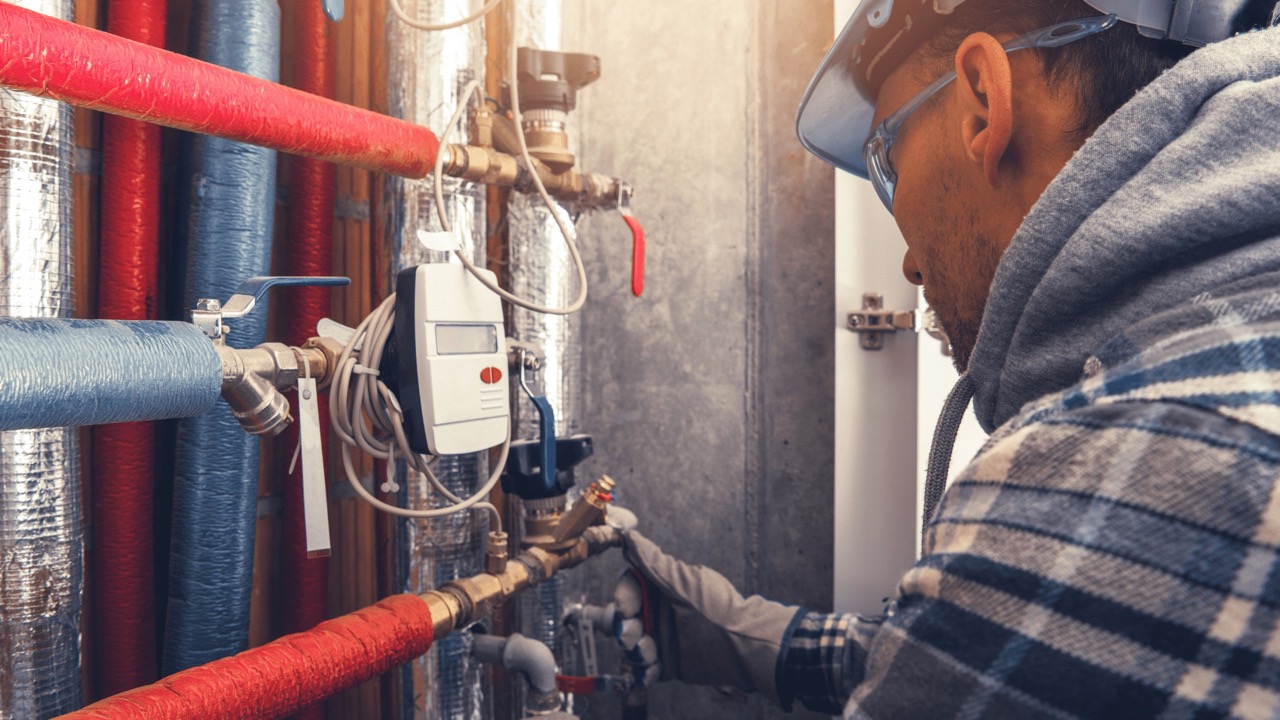
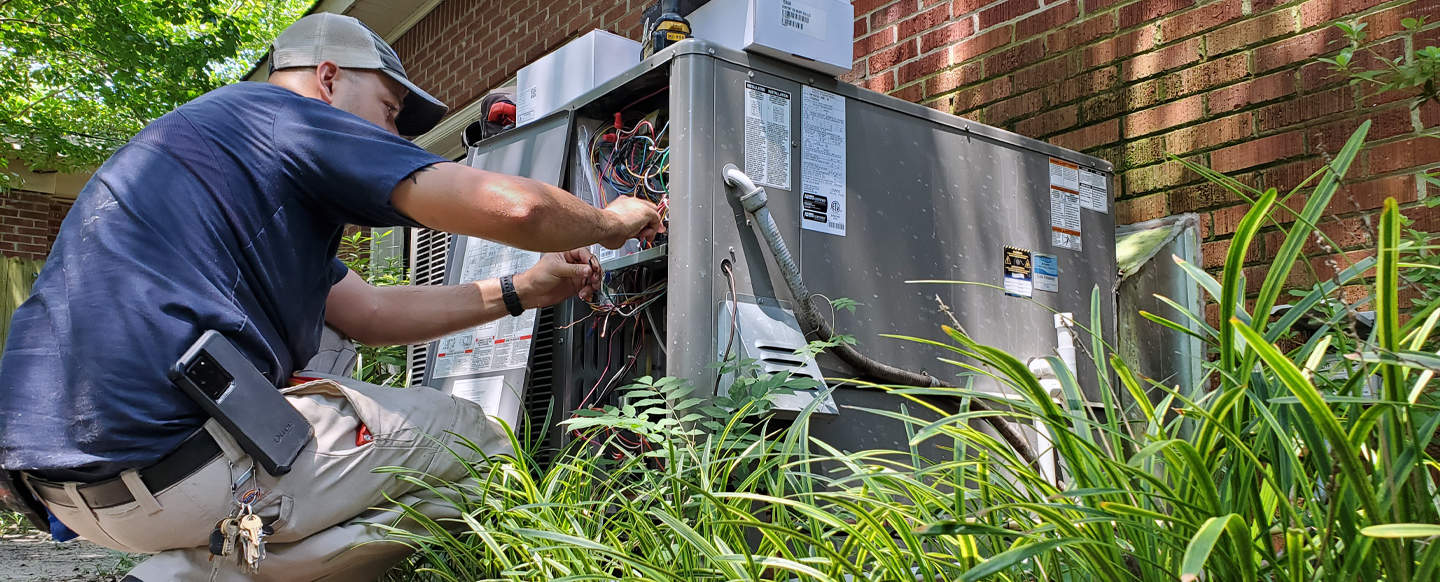
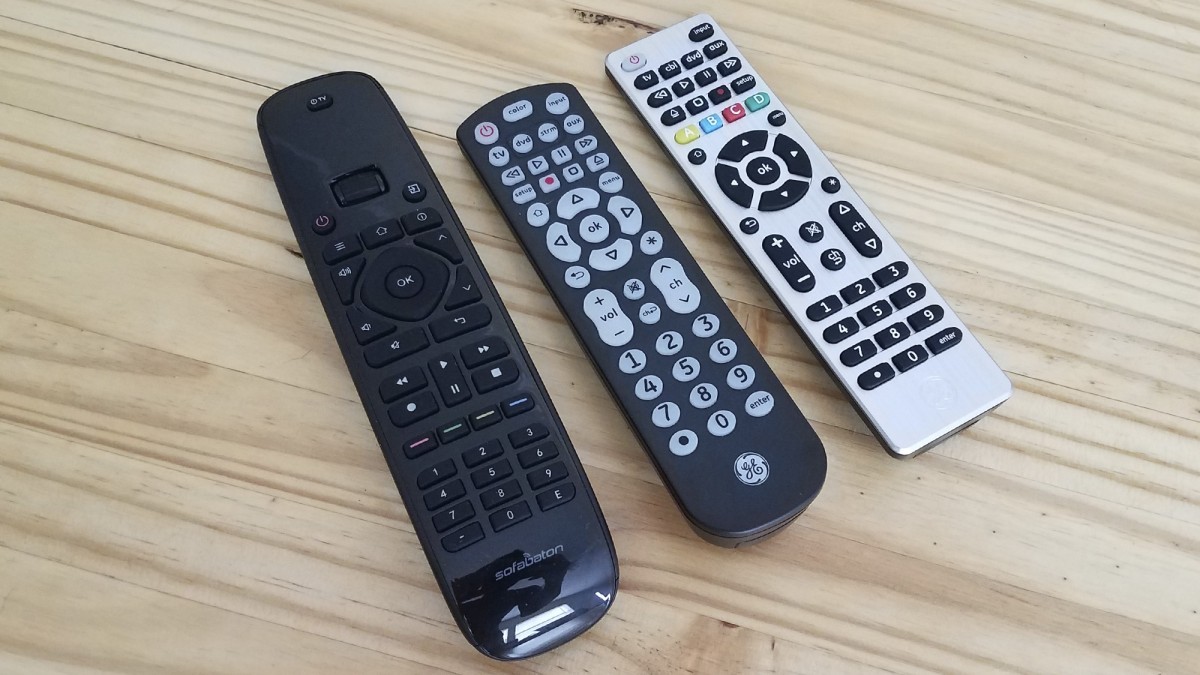
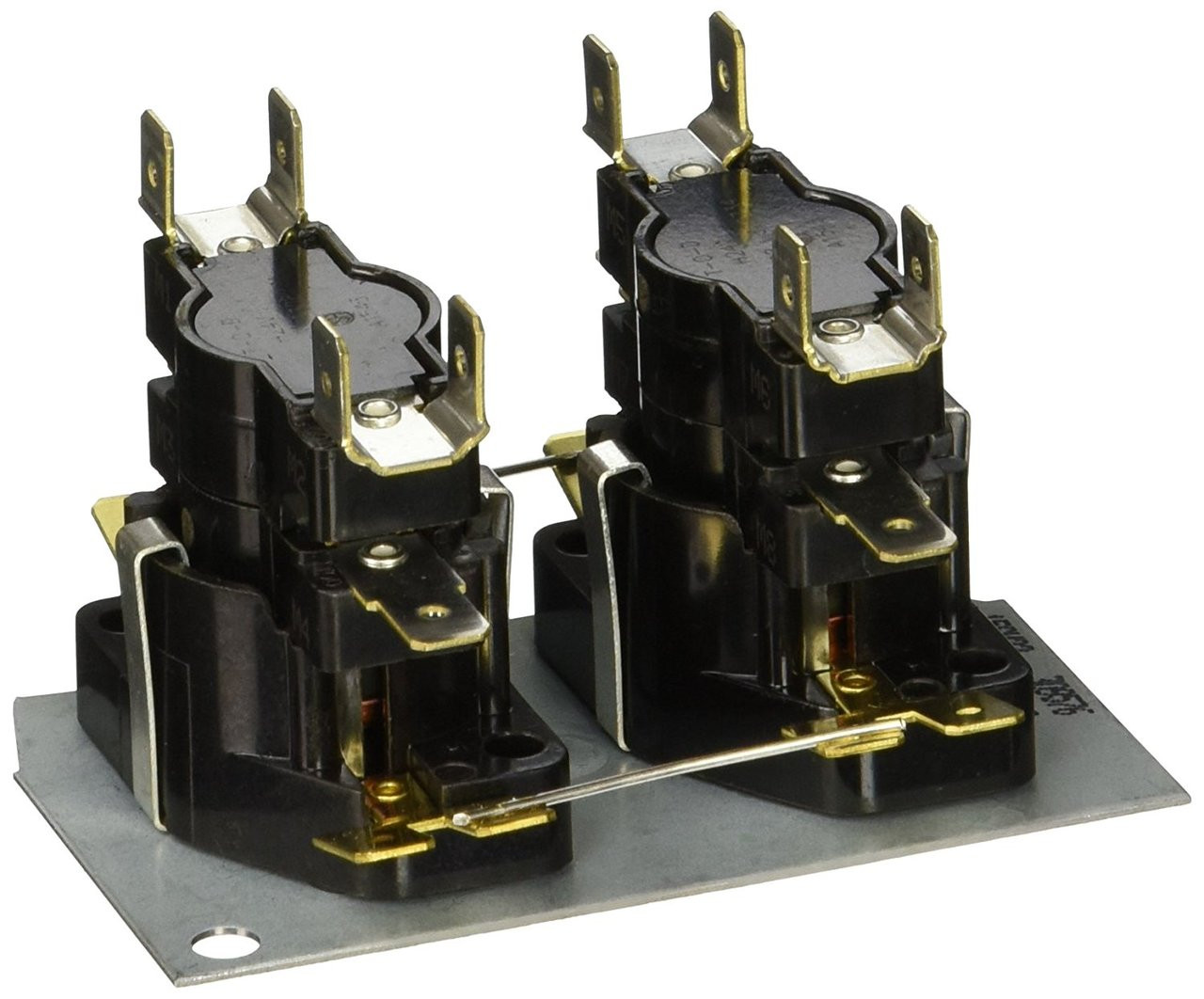
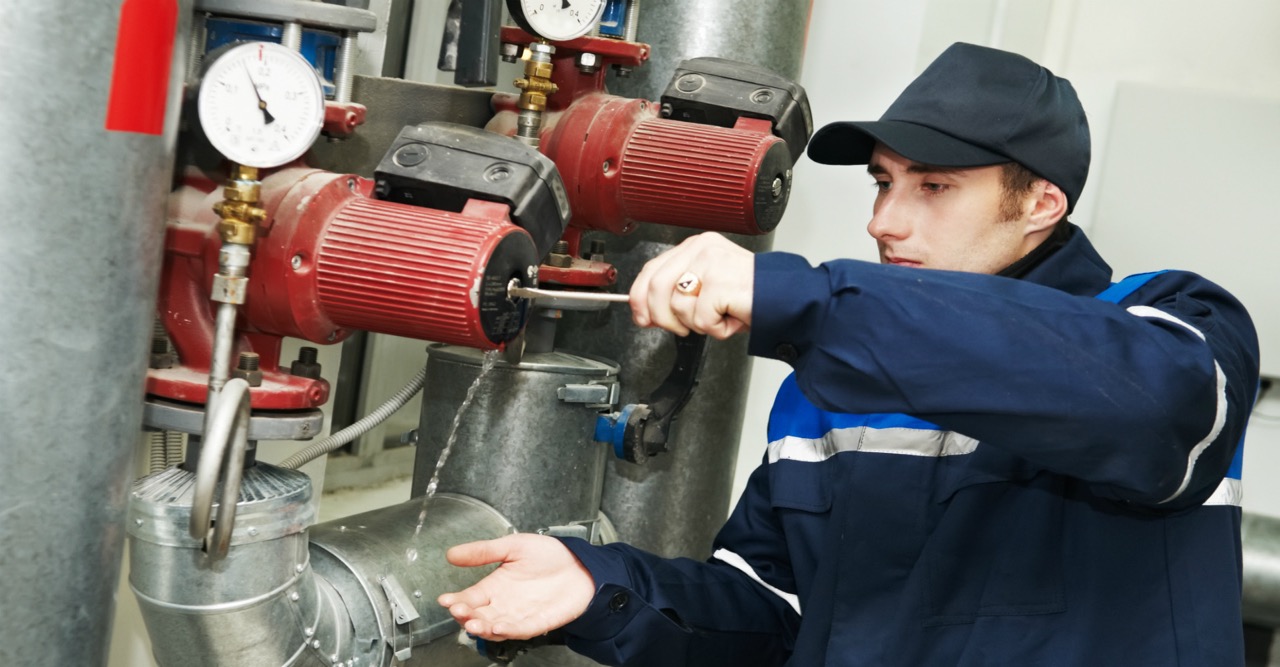
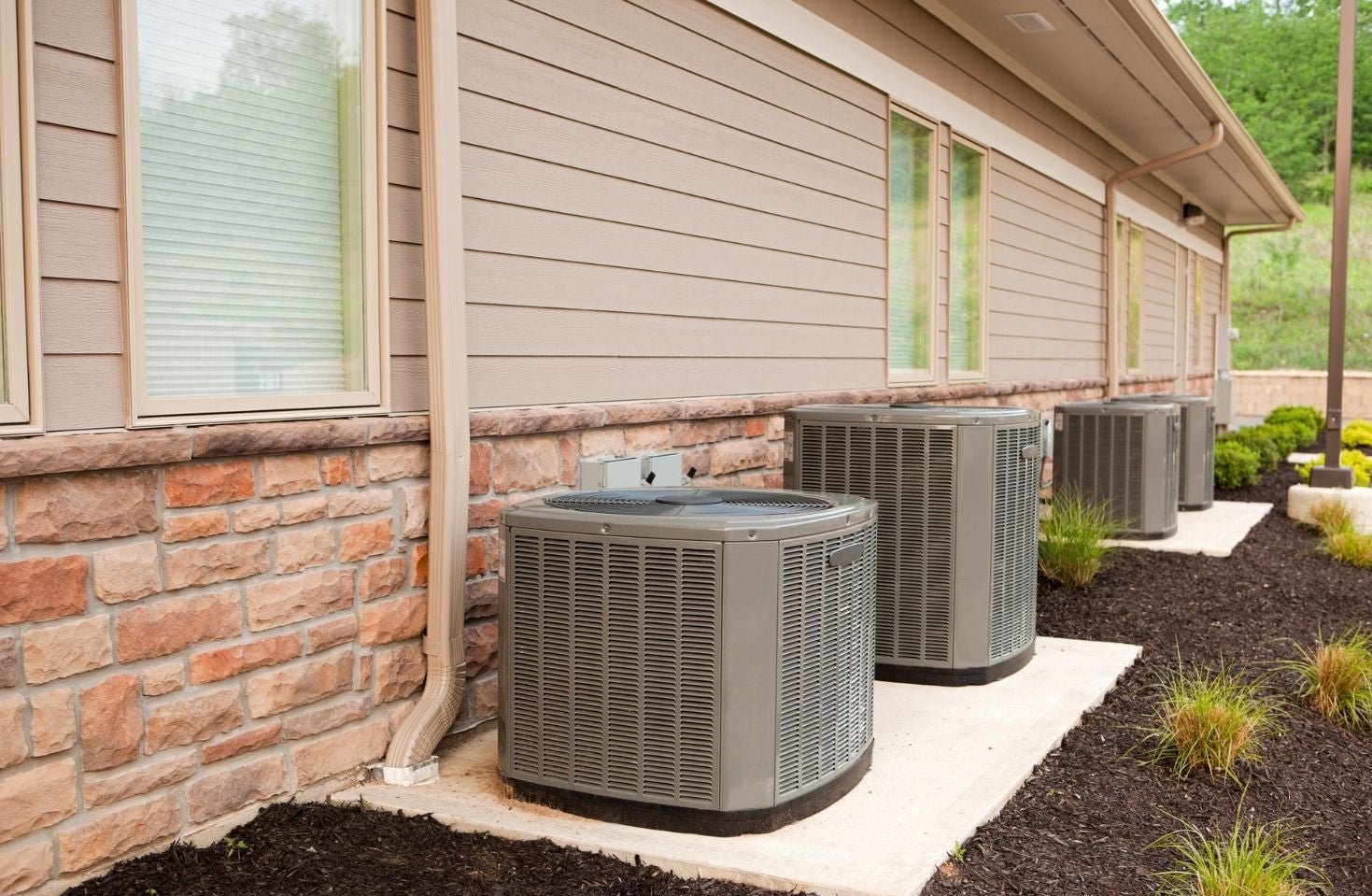
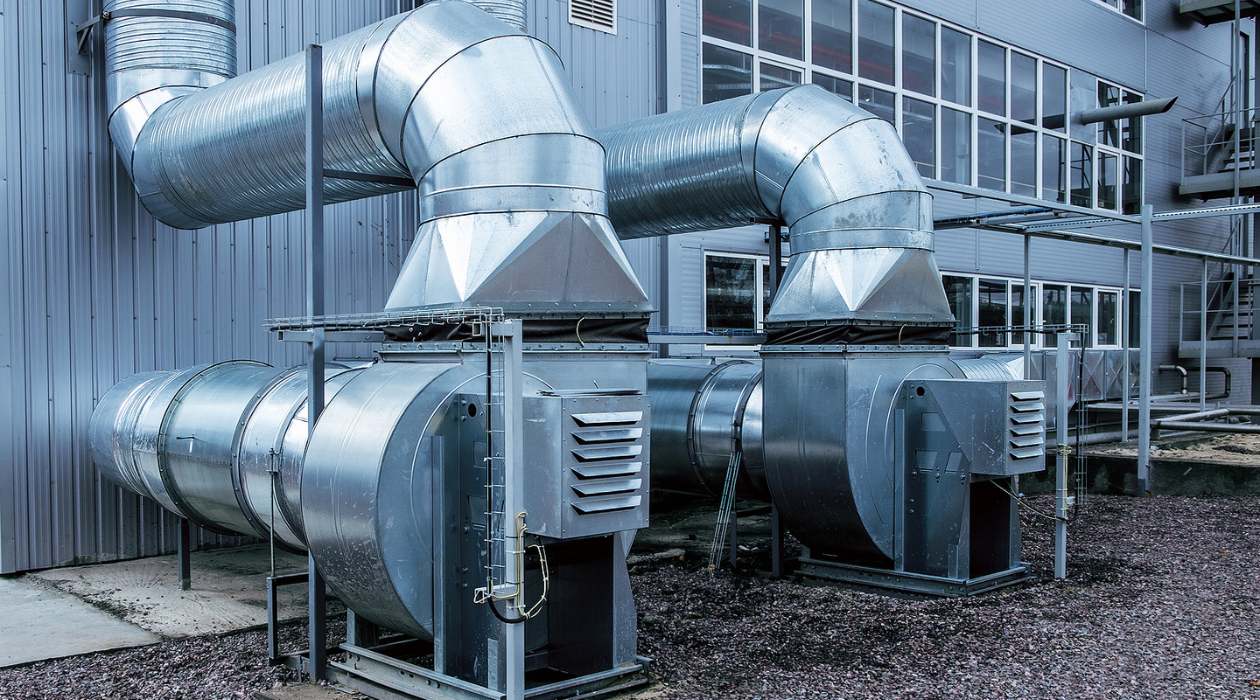
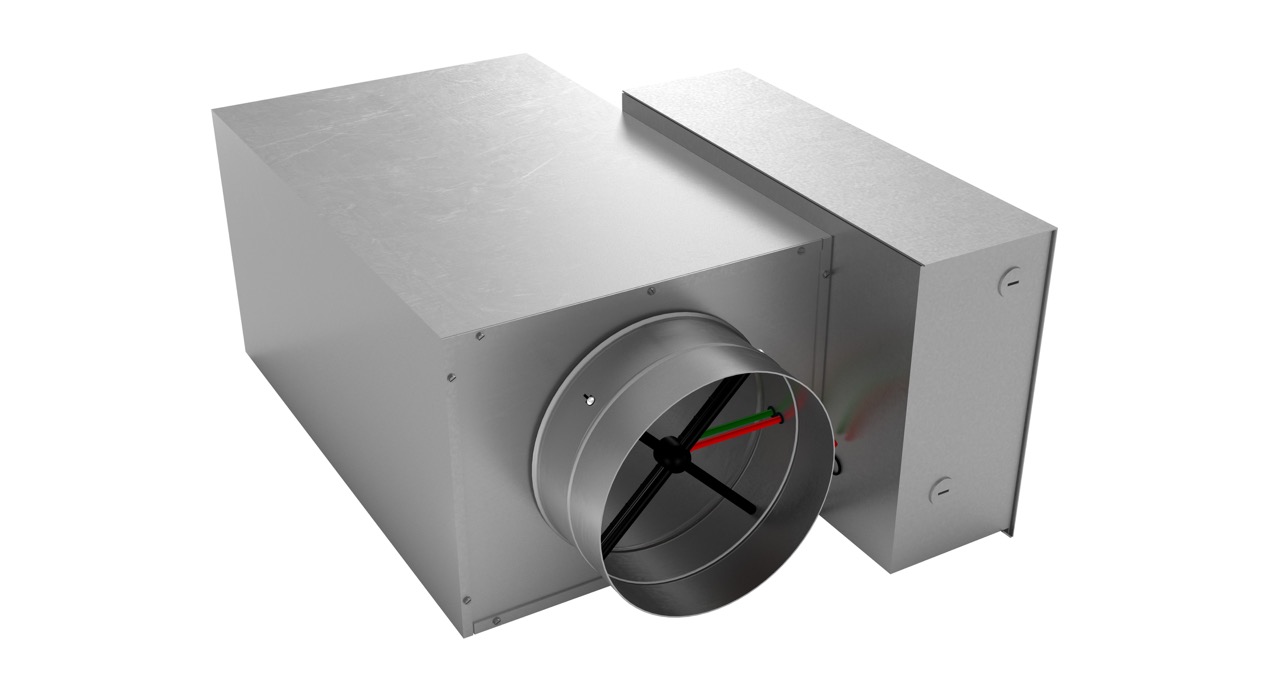
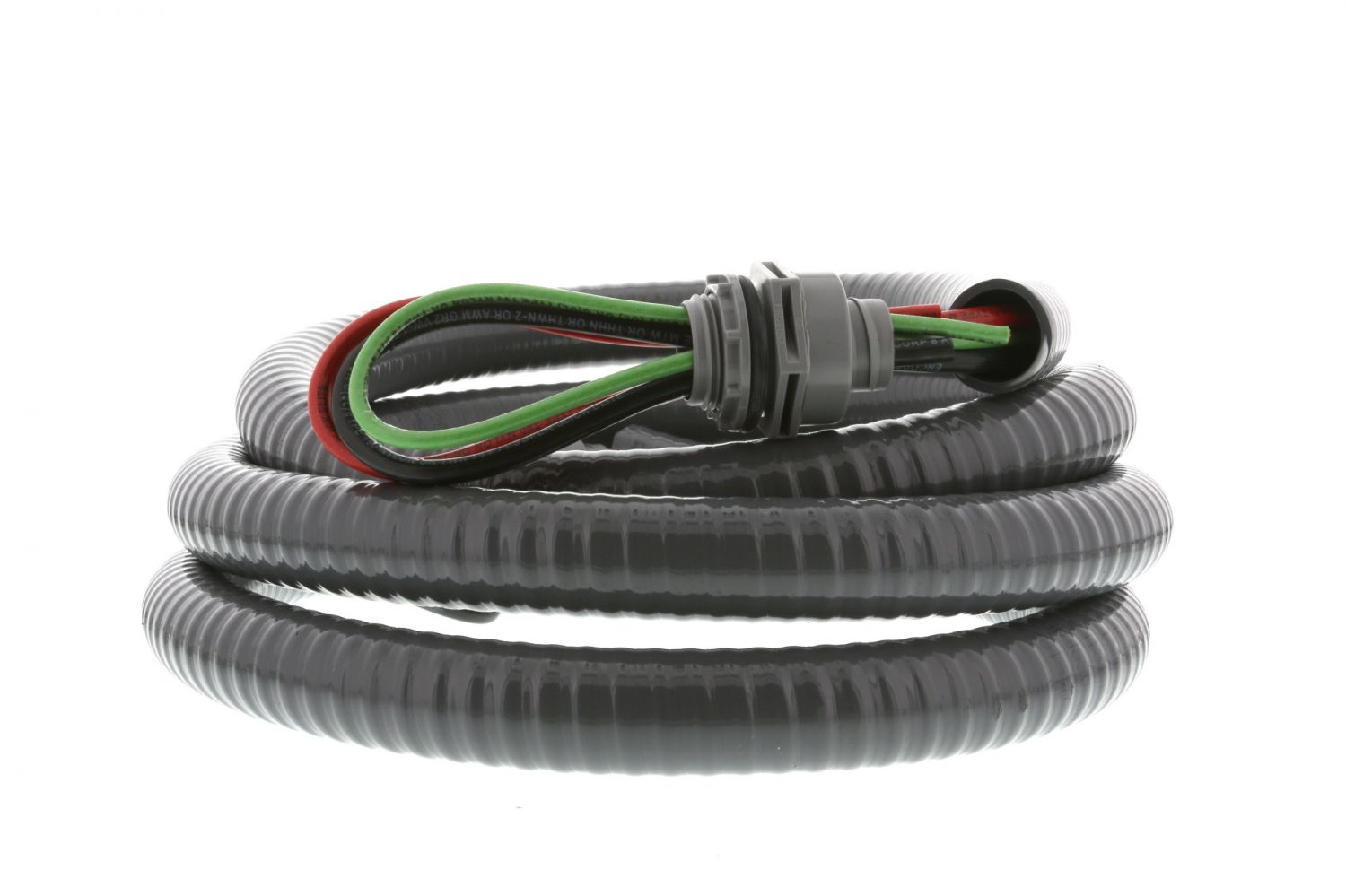
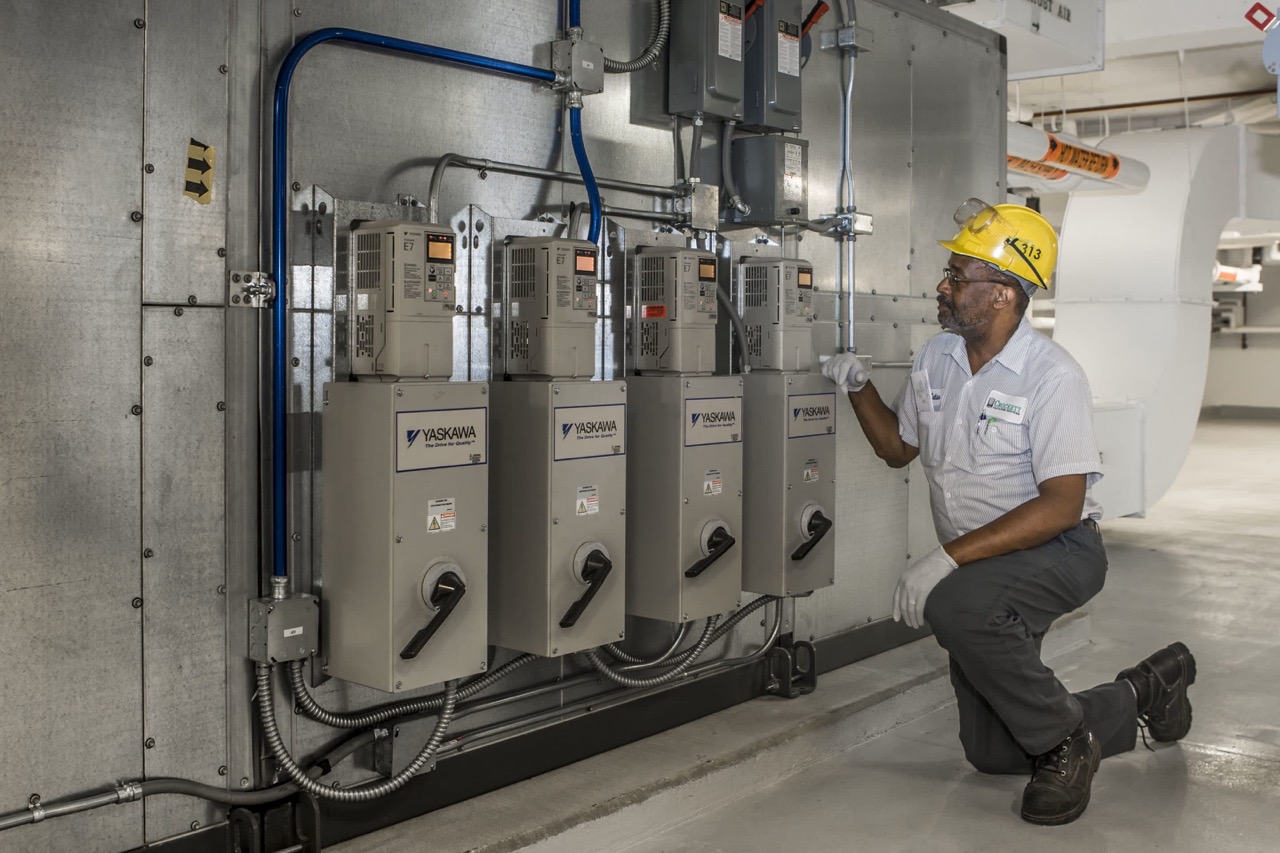
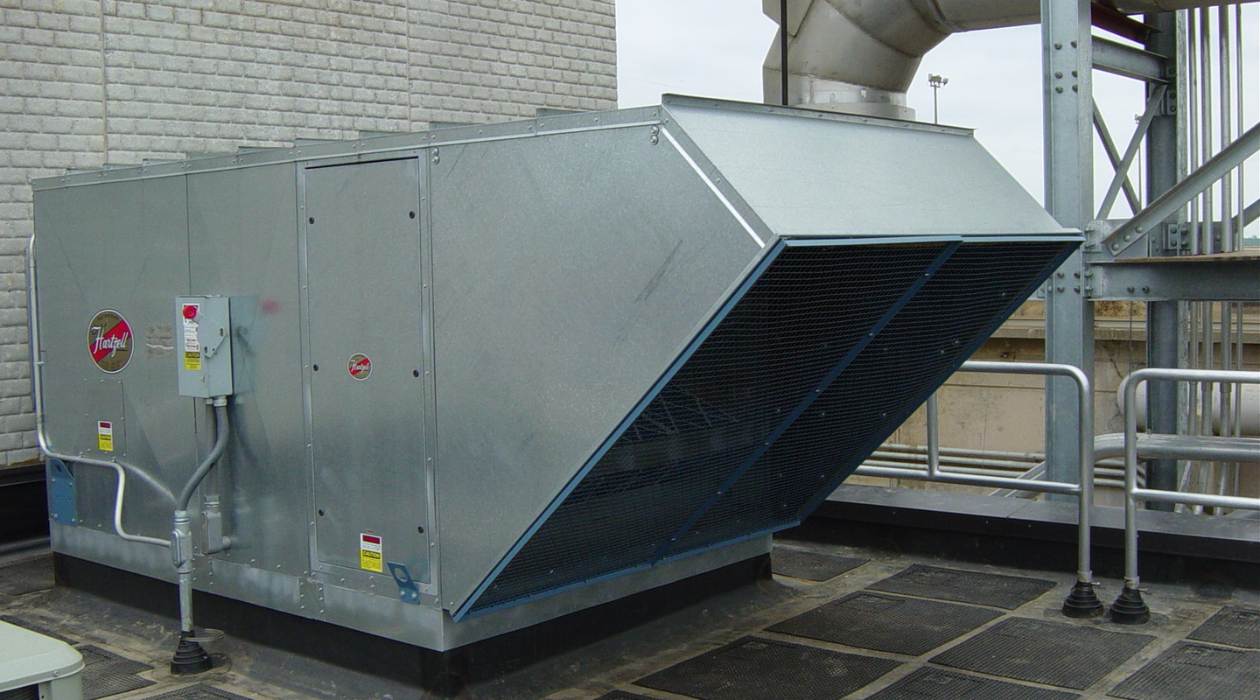

0 thoughts on “What Is HVAC Control”